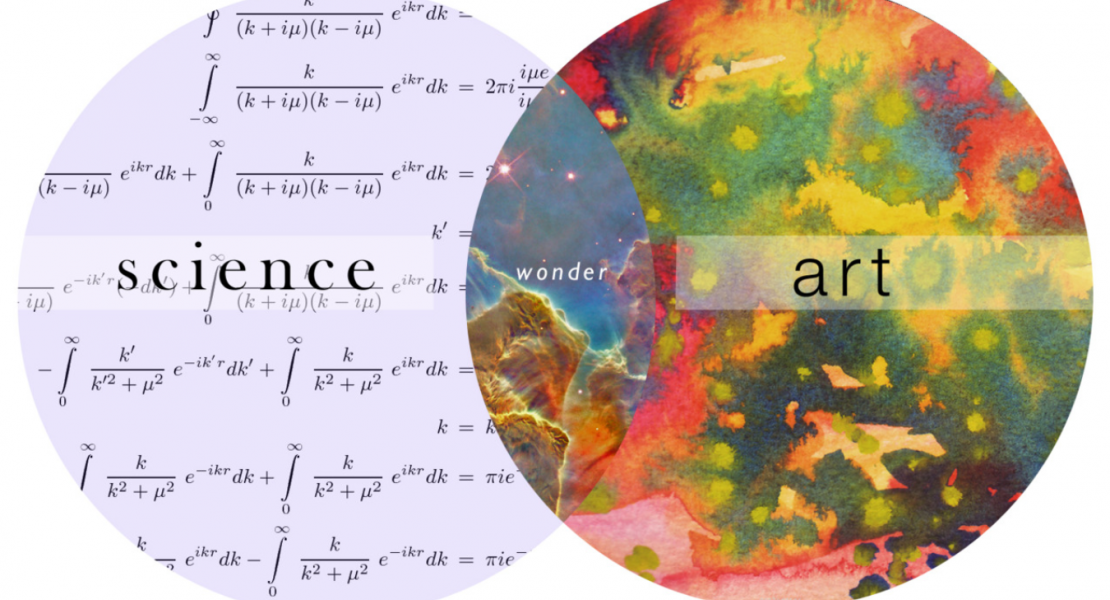Research as Art: Call for Submissions is OPEN
by
Once again at this year’s ESIP Summer Meeting we'll hold a Research as Art event on the evening of Tuesday, July 17. Our goal is to encourage the ESIP community to use visual media to communicate their data and research; and to think about their research as an ongoing narrative that can be told through visual media. This event is about showing how the ESIP community uses data. You don’t need to consider yourself an artist in order to submit a piece. The idea is to have a range of entries that show the diversity of research done by members of our community, as well as their creativity and the impact of their work, in an engaging and accessible way. Research as Art submission call closes July 6.
Guidelines
As ESIP kicks off the 20th anniversary, in addition to the general instructions, Research as Art will have a theme of 20. This can be 20 photos or 20 people or data points. It does not have to be specifically 20 years.
We’d like all contributors to submit one piece of visual media depicting their work—figures, images, computer models, visualizations—along with a non-technical caption.
During the event, you can have your figure displayed on a monitor, such that you are able to manipulate it, show code, etc. to allow the audience to interact with the submission. Entries can be created specifically for the event or be media created for another project, but all should relate to recent or ongoing research and possibly one of ESIP’s 2015-2020 strategic goals.
- Increase the use and value of Earth science data and information.
- Strengthen the ties between observations and user communities (e.g. technologies, research, education and applications).
- Promote techniques to articulate and measure the socioeconomic value and benefit of Earth science data, information and applications.
- Position ESIP to play a major role in Earth science issues (e.g. addressing effects of climate change mitigation, adaptation and supporting sustainable science data infrastructure).
These figures will be presented at the summer meeting in a gallery-like setting. All figures will be displayed in a gallery on the ESIP website after the event.
Inspiration and Examples
If you’re in need of inspiration or examples of what we’re looking for in entries, have a look at works submitted for similar events held at the University of Arizona, Washington University in St. Louis and University College London. There’s an abundance of information online about creating scientific figures. The PLOS article Ten Simple Rules for Better Figures is a useful summary of the main things to consider when creating a figure. The website Visualizing Data has great examples of this art.
Here is the Storify from last summer’s event.


